



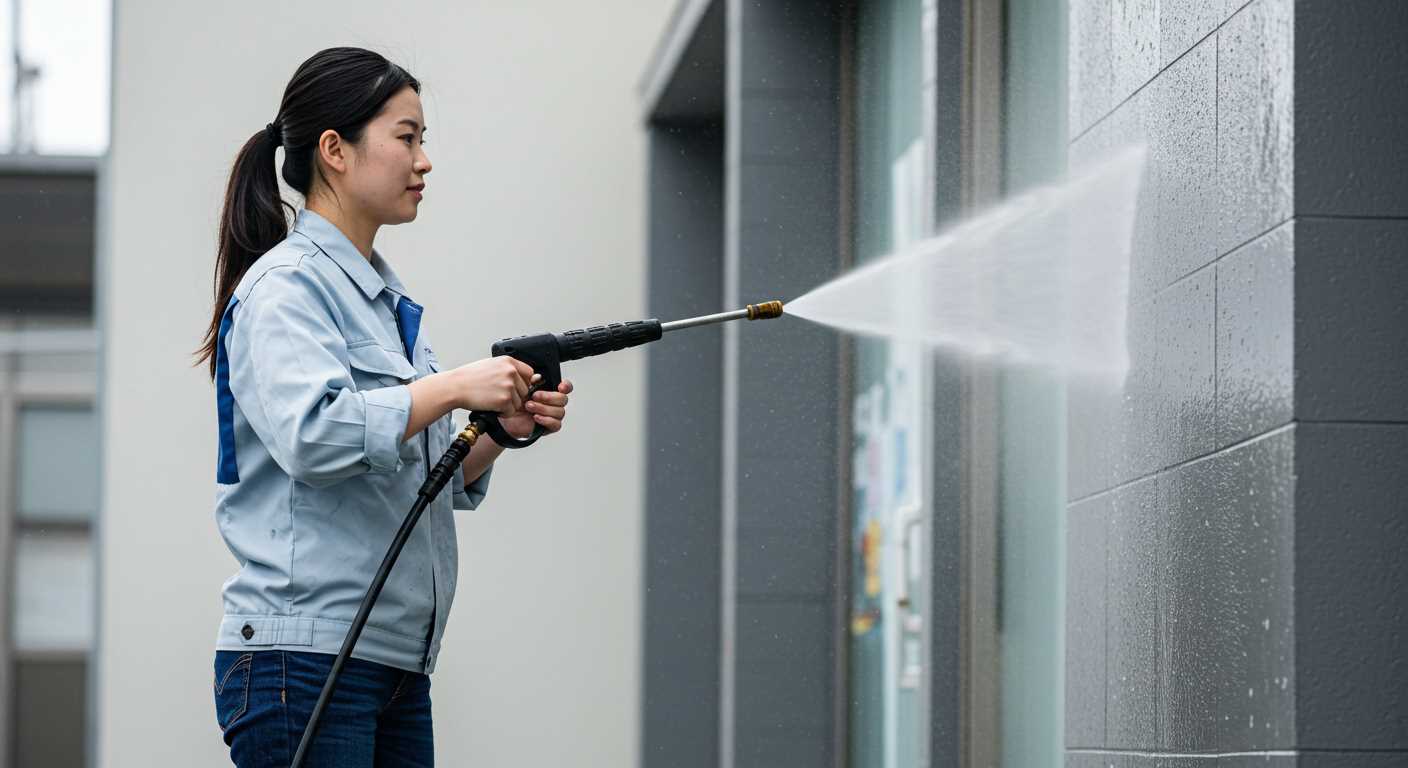
Regularly inspect the hose for any signs of wear or damage. A worn-out hose can lead to leaks and inefficiency. I remember a time when I overlooked a small crack, thinking it wouldn’t affect performance. It turned out to be a costly mistake, as I ended up with water spraying everywhere instead of where it was needed.
Ensure that you keep the nozzle clean and free from debris. A clogged nozzle can significantly reduce water flow and pressure. I learned this the hard way during a project where I tried to clean a stubborn stain. A quick rinse of the nozzle transformed the experience, allowing me to finish the job efficiently.
Always store the equipment in a dry and protected area. Exposure to harsh weather can deteriorate components over time. I made it a habit to cover mine with a tarp, which saved it from rusting during those rainy months. This simple step can extend the lifespan of your device dramatically.
Using the correct detergent is equally important. Some products can cause damage to internal parts. I once experimented with a cheaper alternative, only to find it resulted in a build-up that required extensive cleaning. Investing in the right cleaning agents pays off in the long run.
Lastly, don’t forget to winterise your machine if you live in a colder climate. Draining the water and adding antifreeze prevents freezing and potential cracks. I’ve seen too many friends regret not taking this precaution after a harsh winter. A little foresight can save you from unexpected repairs.
Maintenance Tips for Your High-Pressure Cleaner
Regularly check the oil levels in the pump. Over time, oil can degrade and lose its lubricating properties, leading to potential damage. I recall a time when I neglected this aspect, and it resulted in costly repairs. Always use the manufacturer-recommended oil type and change it at least once a season.
Cleaning the Filter
Ensure the water inlet filter is clean. A clogged filter can restrict water flow and reduce performance. I learned this the hard way during a particularly busy cleaning season. I spent hours troubleshooting, only to discover that a simple filter clean would have solved the problem. Rinse it under running water or replace it if damaged.
Winter Storage
During colder months, protect the unit from freezing temperatures. I always use antifreeze specifically designed for pressure cleaners. Pour it into the pump and run the machine for a minute to circulate it. This step can save you from a cracked pump and expensive repairs when spring arrives.
| Maintenance Task | Frequency | Notes |
|---|---|---|
| Check oil levels | Before each use | Use manufacturer’s recommended oil |
| Clean inlet filter | Monthly | Rinse or replace as needed |
| Winterisation | Before storage | Use antifreeze solution |
Choosing the Right Cleaning Solution
Always opt for a cleaner specifically designed for high-pressure systems. Regular detergents can lead to unwanted residue or damage. I recall a time when a friend used a standard dish soap for his equipment. The foam clogged the nozzle, resulting in a frustrating day of trying to fix the issue.
Check Compatibility
Before selecting a cleaning agent, verify its compatibility with your unit. Manufacturers often provide recommendations in the manual. I once overlooked this detail and used an incompatible solution that corroded my machine’s components. It was a costly mistake that taught me the importance of reading the fine print.
Eco-Friendly Options
Consider environmentally safe products. Many brands now offer biodegradable cleaners that are gentle on surfaces and the planet. I’ve had great results with these, especially when cleaning patios and driveways. Not only do they perform well, but they also give me peace of mind knowing I’m making a responsible choice.
Inspecting the Hose for Damage
Regularly examine the hose for any signs of wear or damage. Start by checking for visible cracks, abrasions, or bulges. Even a small defect can lead to significant issues during operation. I remember a time when I overlooked a tiny cut on my own equipment. It resulted in a sudden burst during a job, creating a mess and wasting precious time.
Look for Leaks
Next, test for leaks. Attach the hose to the machine, turn on the water supply, and observe. If you notice water spraying or dripping from any point along the length, it’s time for a replacement. I once had a client who ignored a slow leak for weeks, thinking it was minor. Eventually, the entire hose had to be replaced, which was far more costly than addressing the issue sooner.
Check Connections and Fittings
Examine the connections and fittings at both ends. Ensure they are tight and secure. Loose fittings can cause leaks and diminish performance. I’ve encountered situations where a simple tightening resolved issues that seemed complex at first. Keep an eye on the sealing rings too; if they appear worn or damaged, replace them immediately to prevent future mishaps.
Regularly Cleaning the Nozzles
To ensure optimal performance, clean nozzles frequently. Clogged or dirty nozzles can hinder water flow, reducing effectiveness and potentially damaging the motor.
Follow these steps for proper maintenance:
- Detach the Nozzle: Always disconnect the nozzle from the wand before cleaning. This prevents accidental spraying during the process.
- Inspect for Blockages: Look closely for any debris or mineral build-up. A small brush can help remove stubborn particles.
- Soak in Solution: For deeper cleaning, soak the nozzle in a mixture of warm water and vinegar for about 30 minutes. This helps dissolve any stubborn deposits.
- Rinse Thoroughly: After soaking, rinse the nozzle under running water to wash away any remaining residue.
- Check the Spray Pattern: Once reattached, test the nozzle’s spray pattern. A uniform spray indicates it is functioning properly.
From my experience, dedicating time to this simple task can prevent larger issues down the road. I remember a day when I was in the middle of a big job, and a blocked nozzle caused delays. After that, I made it a habit to clean my nozzles regularly, ensuring smooth operation every time.
Consider investing in a nozzle cleaning kit. These kits often include brushes and tools specifically designed for this purpose, making the process quicker and more efficient.
By keeping nozzles clean, you enhance the overall performance of your equipment, ensuring every cleaning task is executed flawlessly.
Maintaining the Pump and Oil Levels
Regular checks on the pump and oil levels are key to extending the lifespan of your cleaning equipment. I learned early on that neglecting this aspect can lead to costly repairs or even complete failure. Always ensure the pump is filled with the recommended oil type, as this lubricates the internal components and prevents wear.
Checking Oil Levels
Before each use, inspect the oil level using the dipstick. If it’s low, top it up to the appropriate mark. Use the manufacturer’s specified oil for optimal performance. I once overlooked this and faced a breakdown mid-job, which delayed my work and required an unexpected service visit.
Pump Maintenance Tips
Flushing the pump after use is crucial, especially if you’ve used detergents. This prevents residue build-up that can affect performance. I always run a mixture of water and a cleaning solution through the system to clear any remnants. You can find suitable options like soap for ryobi pressure washer to ensure your equipment stays in top shape.
| Action | Frequency |
|---|---|
| Check oil level | Before each use |
| Flush pump | After each use |
| Change oil | Every 50 hours of use or annually |
Staying on top of these tasks will keep your machine running smoothly and help you avoid inconvenient breakdowns. A little routine maintenance goes a long way in ensuring reliable performance.
Protecting the Machine from Freezing Temperatures
Before the onset of cold weather, I suggest draining all water from the unit and hoses. This prevents any leftover water from freezing and causing damage. After draining, store the device in a temperature-controlled environment, preferably indoors, to keep it safe from harsh conditions.
Using Antifreeze Solutions
Consider using a non-toxic antifreeze solution specifically designed for cleaning equipment. After draining, run the antifreeze through the system to provide additional protection. I’ve seen many machines saved from severe damage using this simple step. Just be sure to follow the manufacturer’s guidelines regarding compatible products.
Inspecting for Damage
During colder months, regularly check for cracks or wear in hoses and fittings. Cold temperatures can make materials more brittle. Replace any damaged parts quickly to avoid further issues when you start using the equipment again. Keeping everything in good condition will save time and money in the long run.
Storing Your Pressure Cleaner Properly
Before putting away the equipment, ensure it’s fully drained of water. Disconnect the hose and trigger gun, and run the unit briefly to expel any remaining liquid. This prevents internal components from corroding or freezing.
Location Matters
Choose a dry, sheltered spot for storage. A garage or shed is ideal, away from direct sunlight and moisture. If storing outside, use a protective cover specifically designed for the model to shield it from the elements.
Maintenance During Storage
- Check the oil level and top up if necessary. Old oil can lead to damage over time.
- Inspect the hoses for kinks or cracks; replace if needed.
- Keep all accessories, such as nozzles and brushes, in a dedicated container nearby to avoid misplacement.
- Periodically start the unit every few months to keep seals lubricated and ensure it remains functional.
By following these steps, your cleaning device will be ready for action when needed, ensuring longevity and reliability.
Checking and Replacing the Spark Plug
Inspect the spark plug every season or after 50 hours of use. A damaged or fouled spark plug can lead to starting issues and reduced performance. Remove the spark plug using a socket wrench, checking for signs of wear, such as carbon build-up or cracks. If the plug appears dirty, clean it with a wire brush. However, if it shows significant wear or damage, replace it with a new one. Make sure to use a plug that matches the manufacturer’s specifications to ensure optimal performance.
Installation Tips
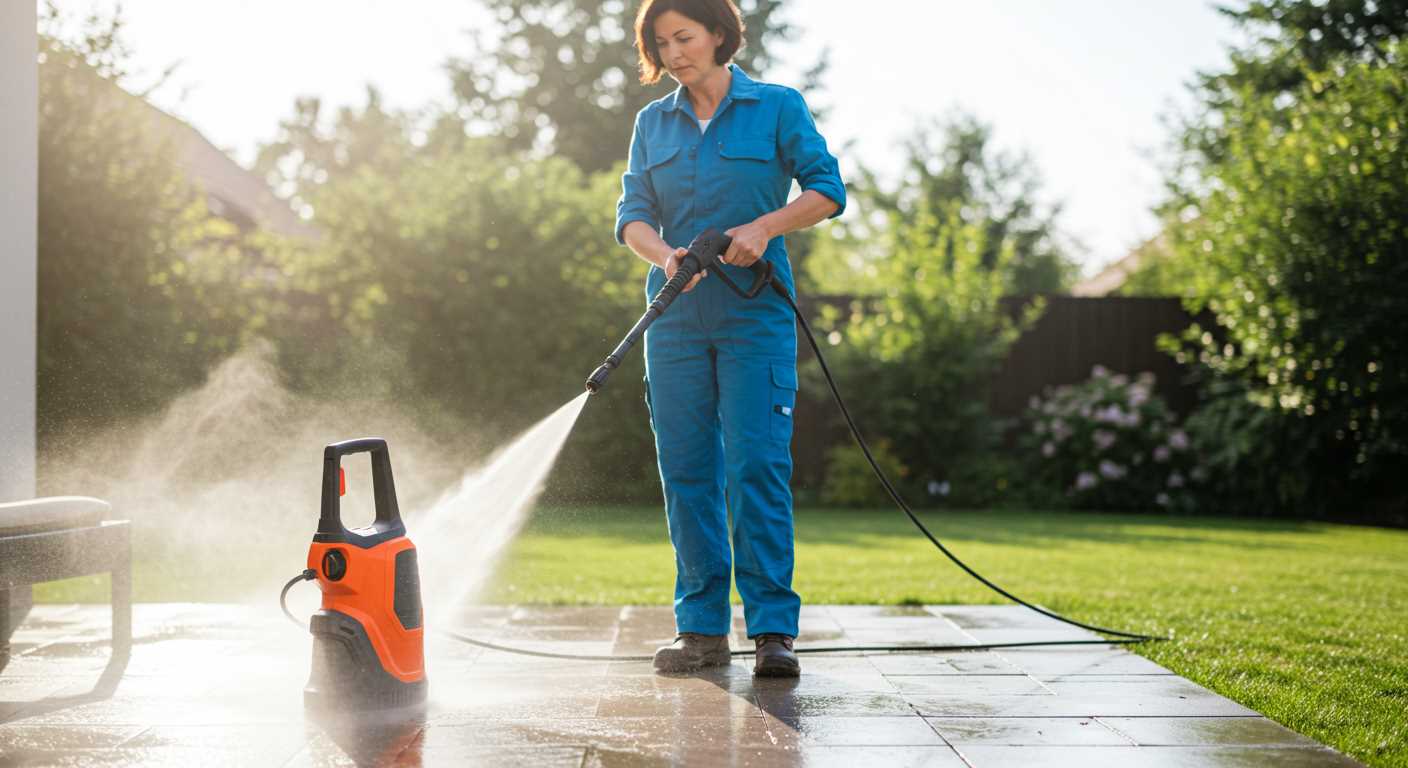
Before installing the new spark plug, check the gap using a feeler gauge. The gap should align with the specifications in the user manual. Apply a small amount of anti-seize compound to the threads to prevent seizing in the future. Tighten the spark plug by hand first, then use the socket wrench to secure it without overtightening. This simple maintenance task can significantly improve the starting reliability and overall function of the equipment.
Regular Maintenance Routine
Incorporating spark plug checks into your regular maintenance routine can help avoid unexpected breakdowns. Make a habit of inspecting it during seasonal preparations or before heavy use. A little attention here can save you time and frustration down the line, ensuring your cleaning tasks proceed smoothly.
Cleaning the Air Filter Frequently
Regular maintenance of the air filter is non-negotiable for optimal performance. A clean air filter ensures that your machine operates efficiently, reducing strain on the engine and extending its lifespan. I’ve seen many individuals overlook this aspect, only to face issues down the line.
Steps to Clean the Air Filter
- Turn off the unit and disconnect it from the power source.
- Locate the air filter, usually situated near the engine.
- Remove the filter from its housing, taking care not to damage it.
- Gently tap the filter to dislodge dirt and debris. For stubborn grime, use a soft brush.
- If the filter is heavily soiled, wash it in warm, soapy water. Rinse thoroughly and let it dry completely.
- Reinstall the filter, ensuring it fits snugly back into place.
Frequency of Cleaning
In my experience, cleaning the air filter every 20 operating hours is a good rule of thumb. However, if you’re using the equipment in a dusty environment, consider checking it more often. A clogged filter can lead to engine overheating and reduced efficiency.
After one particularly grueling summer, I realised the importance of this task. I had neglected the air filter on my own unit, and it resulted in poor performance during a critical job. That day taught me to prioritise this simple yet effective maintenance step.
Investing a little time in keeping the air filter clean can save you from larger headaches and costly repairs later on. Trust me, it’s worth it.
Scheduling Routine Maintenance Checks
Set a calendar reminder for regular service checks every three to six months, depending on usage frequency. For instance, if your high-pressure cleaner is a seasonal tool, a thorough inspection before storage will extend its lifespan. During these checks, look for wear and tear on components, and evaluate connections and seals for any leaks.
From experience, I’ve found that a simple checklist can streamline the process. Include tasks like inspecting the power cord for frays, checking the oil levels, and ensuring that all fittings are secure. Make it a habit to log any issues you encounter and the steps taken to resolve them. This record can be invaluable for troubleshooting or when seeking professional assistance later.
Another tip is to pair these checks with other maintenance tasks, like cleaning nozzles or replacing the spark plug. This way, you cover multiple bases in one go. Always keep your manual handy, as it often includes a maintenance schedule tailored to your specific model.
Finally, consider scheduling professional servicing annually if your equipment is heavily used. Experts can identify potential problems that may not be obvious during routine checks. Trust me; investing time in maintenance pays off in the long run. And while you’re at it, take a moment to explore how are digital cameras and scanners input or output devices–it’s a fascinating topic that shows the importance of proper care in all tech-related tools.

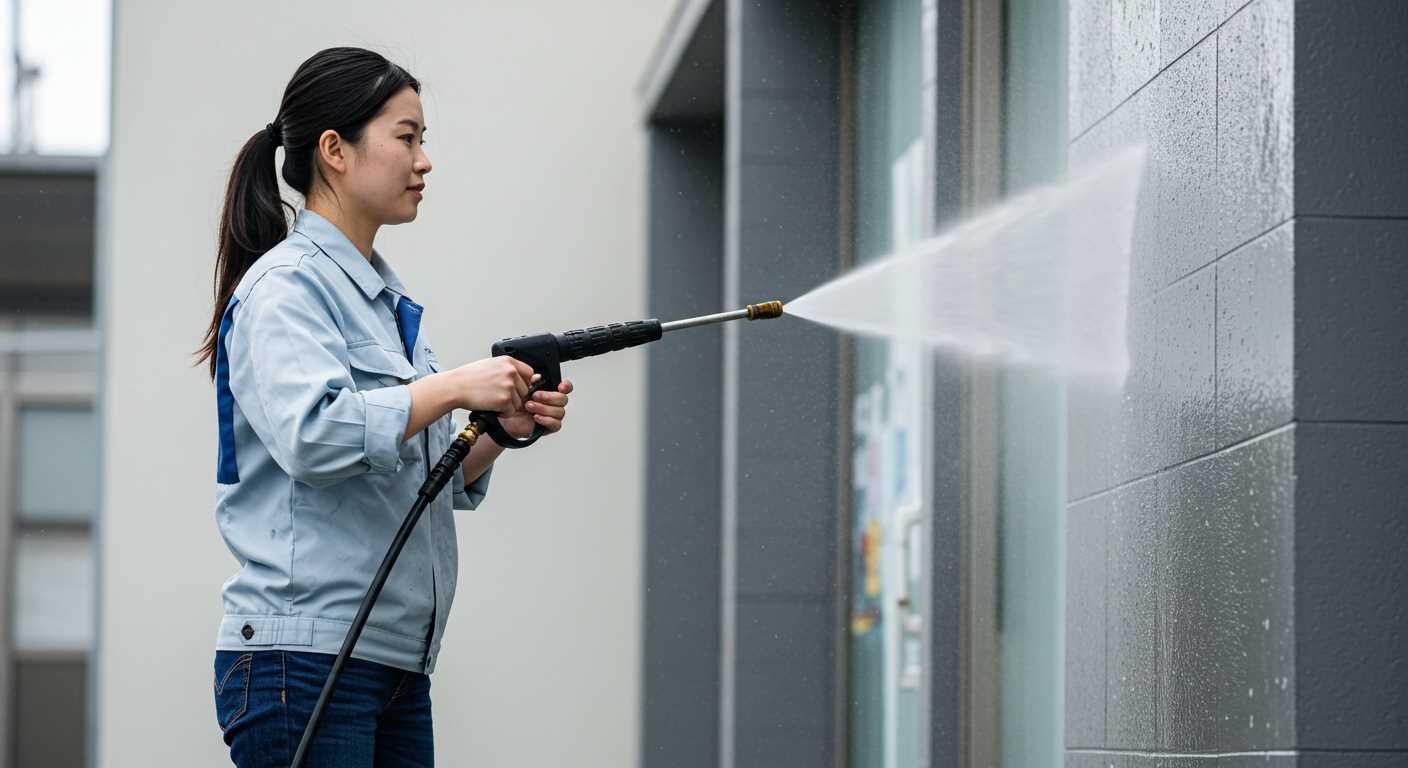
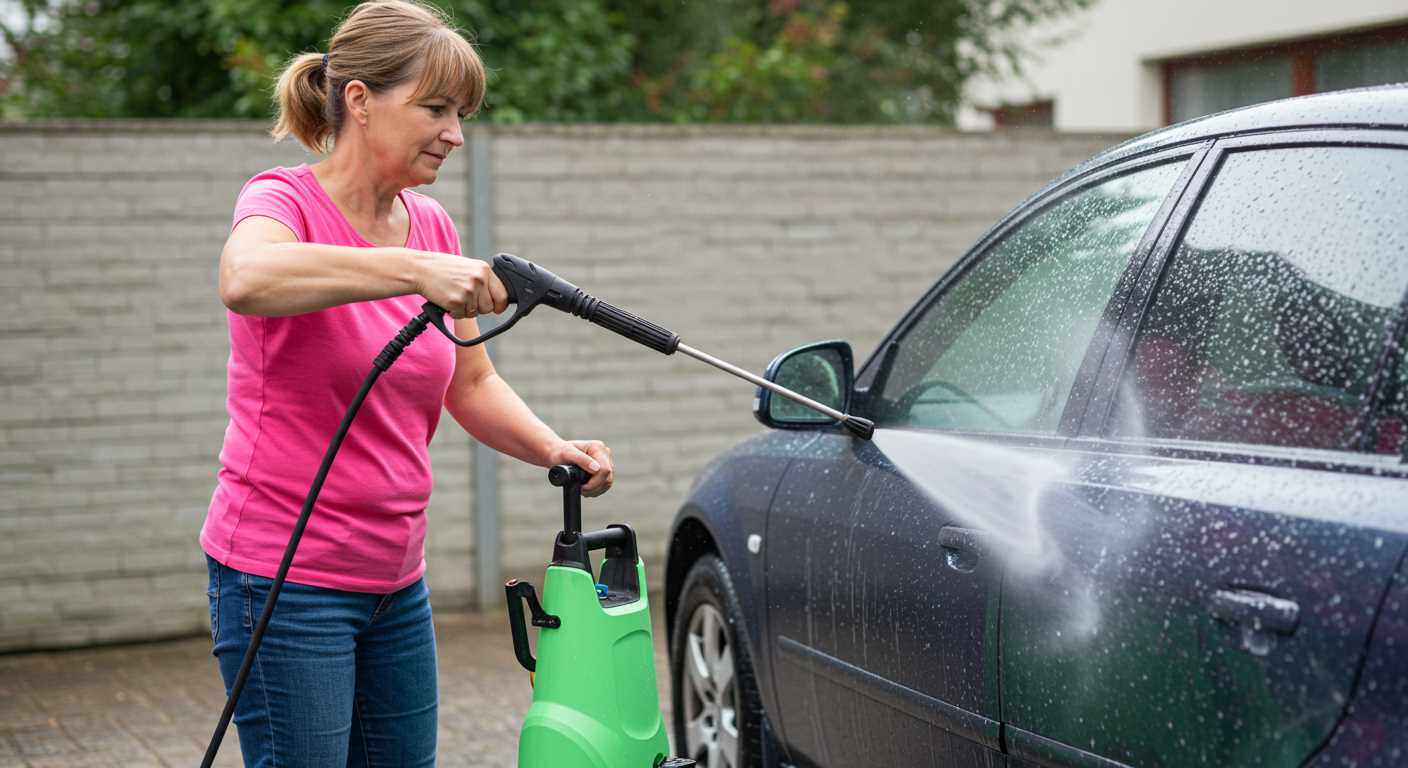
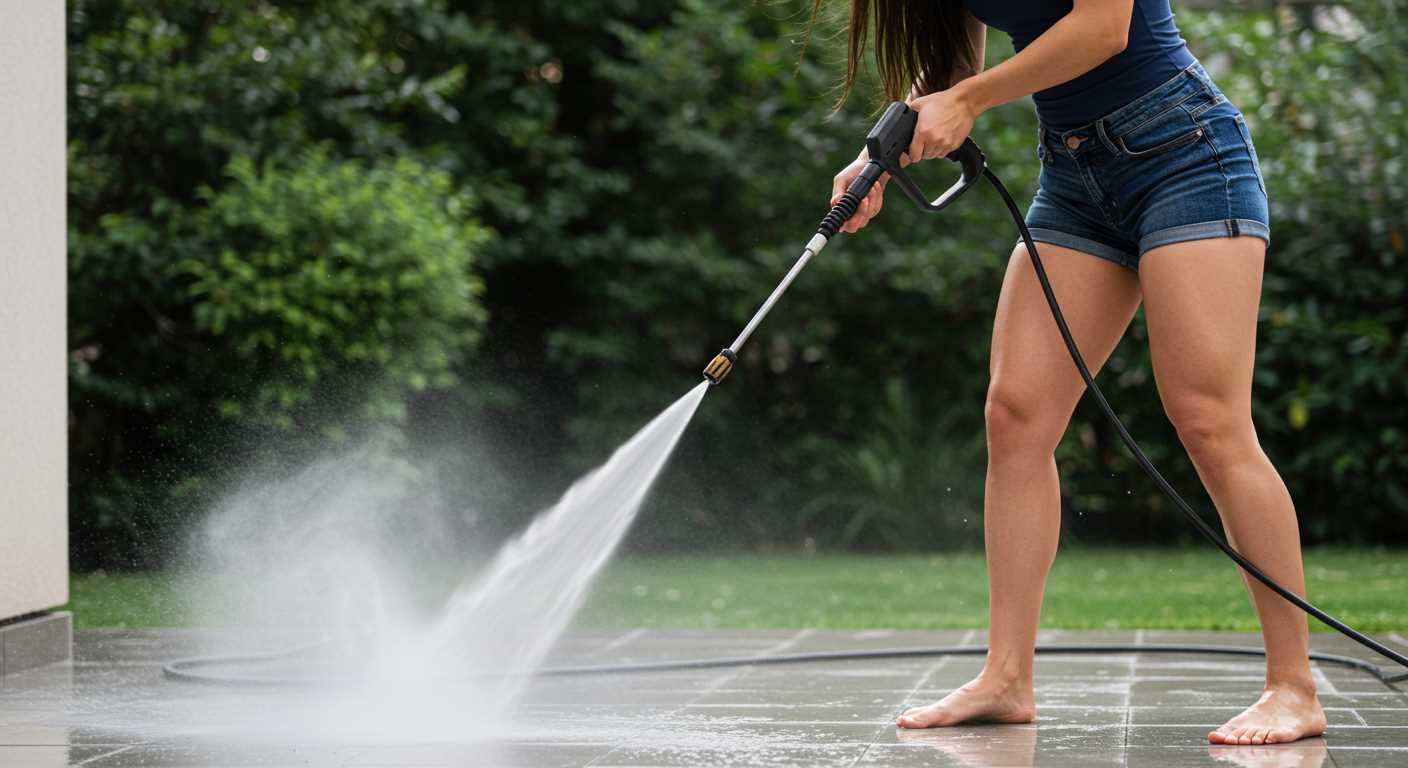
.jpg)


